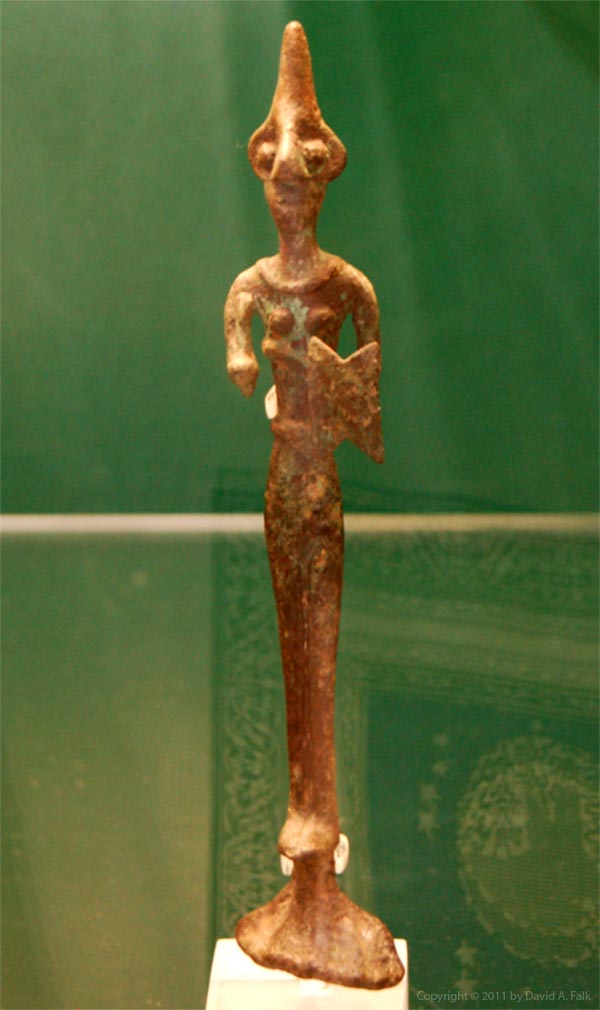To Amūn of the temple of the gods; to the Ennead that is in Pi-Ptaḥ; to Baˁalim, to Ḳadesh, and to Anyt; (to) Baˁal Zephon (bˁr-ḏȜpn), to Sopd. Papyrus Sallier IV (vs. 1:6)The Hyksos who worshipped the storm god associated this god with the Egyptian storm god, Seth. The Egyptians continued to use this association after the Hyksos left Egypt. Given that the author of Papyrus Sallier IV wrote the toponym Baˁal-Zephon with the Seth character; Baal in this toponym may be a reference to Seth. The second element of the toponym, the word zephon, means “north” in Semitic languages. However, Zephon by itself also appears as a toponym in Amarna Letter 274, most likely as a name of a Levantine city. Thus, it is unclear whether zephon in Baal-Zephon refers to a direction, yielding “Baal of the North,” or a place, “Baal of (the city) Zephon.”

Baal-Zephon, Lord of the North
After the Israelites camped before Pi-Hahiroth, they wandered in the desert near the fortress Migdol. They camped between Migdol, Pi-Hahiroth, the Reed Sea, and a looking post nearby known as Baal-Zephon.
Unlike the previous Egyptian toponyms, Baal-Zephon has a Semitic etymology. Baal is common to many Semitic languages and means “lord,” a term often used for a god. The name, Baal, was used during the Old Babylonian period for a variety of deities including Marduk (bel) but is perhaps best known from the Bible as an epithet for the northwest Semitic storm-god (Hadad/Adad).
The biblical text parallels “before Pi-Hahiroth” and “before Baal-Zephon,” implying that the two sites are adjacent (Exod 14:9). Papyrus Sallier IV mentioned Ball-Zephon in the following: